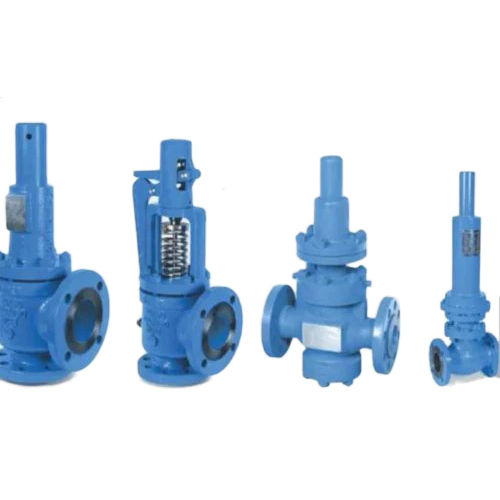Pressure Reducing Valve
15000 INR/Piece
Product Details:
- Usage Water Supply
- Material Stainless Steel
- Size Standard
- Product Type Pressure Reducing Valve
- Color Blue
- Click to View more
X
Pressure Reducing Valve Price And Quantity
- 15000 INR/Piece
- 10 Piece
Pressure Reducing Valve Product Specifications
- Blue
- Pressure Reducing Valve
- Standard
- Water Supply
- Stainless Steel
Pressure Reducing Valve Trade Information
- 7-10 Days
Product Description
In the fluidic orchestra of pipelines and systems, where pressures rise and fall like the crescendos of a symphony, our Pressure Reducing Valve emerges as the conductor, orchestrating harmony and equilibrium in the rhythmic flow of fluids.
Imagine a ballet of pressures, each movement choreographed with precision as they converge upon our Valve. With its finely-tuned mechanisms and robust construction, it serves as the maestro of pressure control, ensuring that pressures remain regulated and balanced throughout the system.
But our Valve is more than just a regulator; it's a guardian of stability, guiding the delicate balance between high and low pressures with finesse and expertise. Like a conductor leading an orchestra, it adjusts the pressure with confidence and ease, ensuring optimal performance and safety with every modulation.
Picture the scene: as pressures fluctuate within your system, our Pressure Reducing Valve stands as a beacon of reliability and efficiency, a testament to the craftsmanship and ingenuity that define our brand.
But beyond its practicality lies its beauty a beauty born from functionality, where every curve and angle tells a story of precision and perfection. It's not just a valve; it's a work of art, an expression of the beauty found in utility.
So, as you navigate the fluidic landscape of your systems, let our Pressure Reducing Valve be your guiding light, ensuring smooth and controlled performance while maintaining the delicate balance of pressures within your system, and allowing your fluidic symphony to play with harmony and grace.
FAQ of Pressure Reducing Valve
1. What is a pressure reducing valve, and how does it work?
A pressure reducing valve (PRV) is a type of control valve used to regulate and maintain a lower, preset pressure downstream of the valve. It works by automatically adjusting the flow of fluid through the valve to reduce the pressure to the desired level, regardless of fluctuations in the upstream pressure.
2. Where are pressure reducing valves typically used?
Pressure reducing valves are commonly employed in various applications across industries such as water supply systems, HVAC (heating, ventilation, and air conditioning), pneumatic systems, and process control. They ensure consistent and safe pressure levels in pipelines, equipment, and machinery.
3. What are the benefits of using a pressure reducing valve?
The primary benefit of a pressure reducing valve is its ability to maintain a stable and controlled pressure downstream, even when there are fluctuations or variations in the upstream pressure. This helps protect downstream equipment from damage due to excessive pressure and ensures optimal performance and efficiency.
4. How do I select the right pressure reducing valve for my application?
When selecting a pressure reducing valve, consider factors such as the required pressure range, flow rate, type of fluid, temperature, and compatibility with the system. Additionally, assess the valve's materials, construction, and certifications to ensure it meets the specific requirements and standards of your application.
5. Can pressure reducing valves be adjusted or customized for different pressure settings?
Yes, many pressure reducing valves feature adjustable setpoints or are available in different pressure ranges to accommodate various applications and system requirements. Some valves may also offer options for pilot-operated or direct-acting designs, allowing for greater flexibility in pressure control.
Tell us about your requirement

Price:
Quantity
Select Unit
- 50
- 100
- 200
- 250
- 500
- 1000+
Additional detail
Mobile number
Email













 English
English Spanish
Spanish French
French German
German Italian
Italian Chinese (Simplified)
Chinese (Simplified) Japanese
Japanese Korean
Korean Arabic
Arabic Portuguese
Portuguese